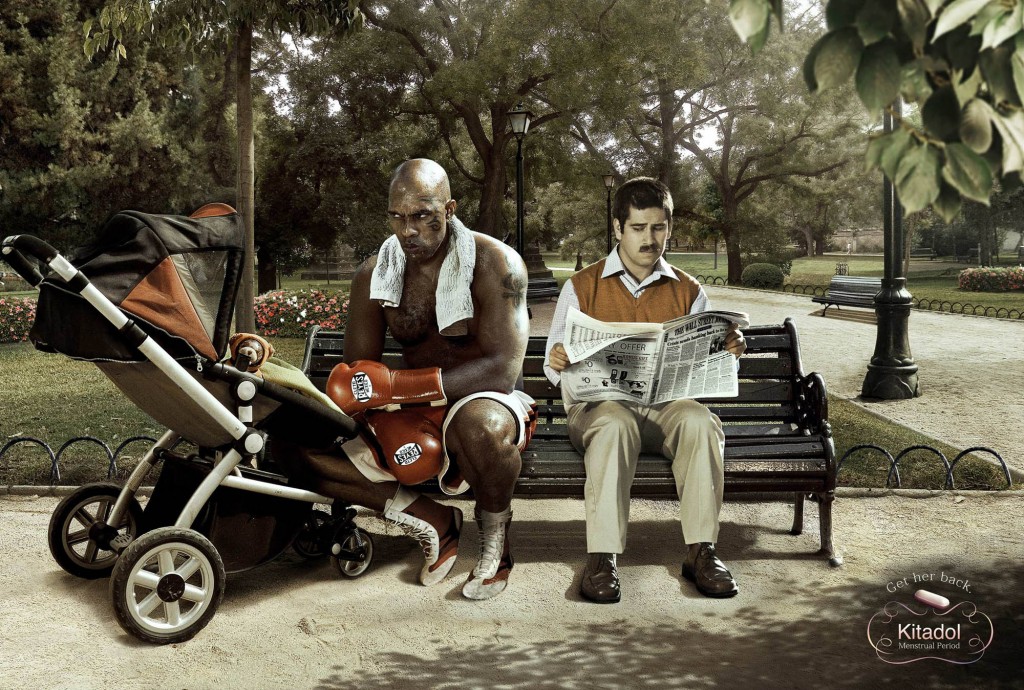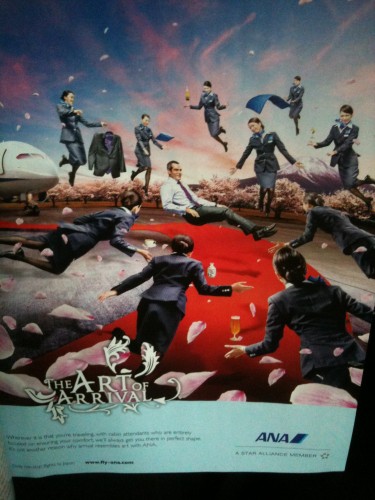These Chilean ads for menstrual pain medication, sent in by Mia A., turn women into symbols of violent aggression: fighters, literally, but also men of color. They simultaneously affirm, then, the association of violence with both masculinity and non-white skin and the de-association of women with those characteristics. The message is that men of color are appropriately violent, while women are not.


 (source)
(source)
Lisa Wade, PhD is an Associate Professor at Tulane University. She is the author of American Hookup, a book about college sexual culture; a textbook about gender; and a forthcoming introductory text: Terrible Magnificent Sociology. You can follow her on Twitter and Instagram.










